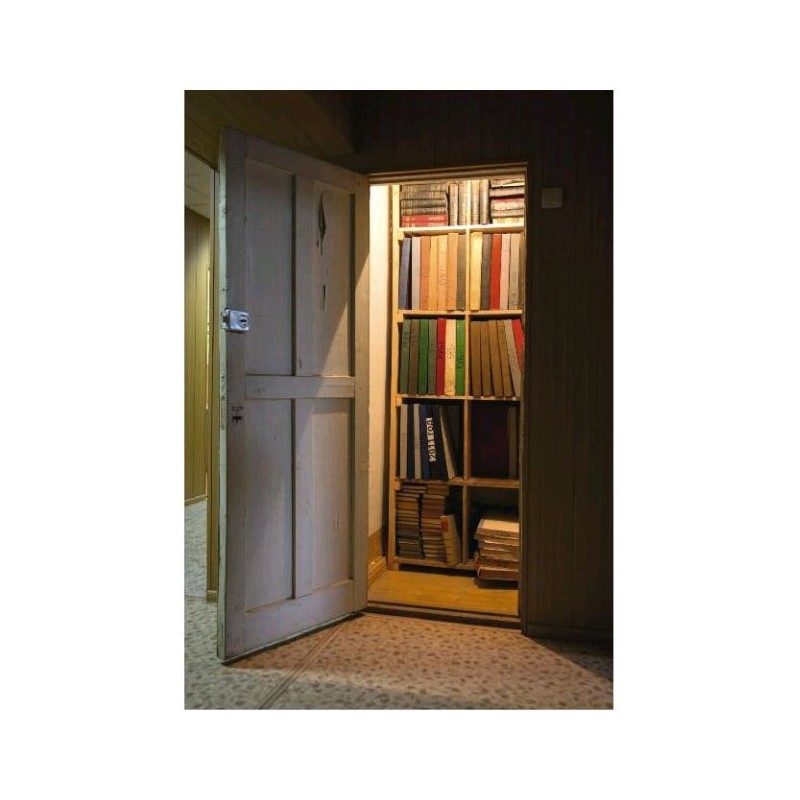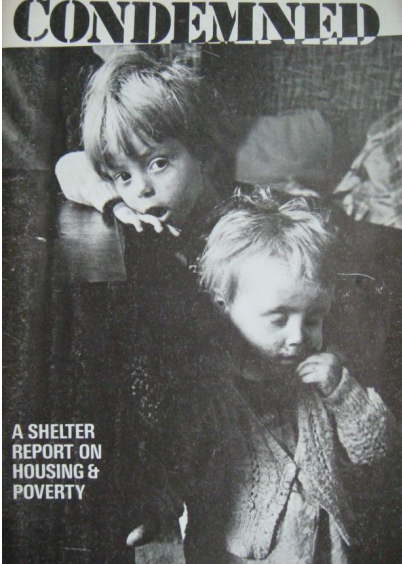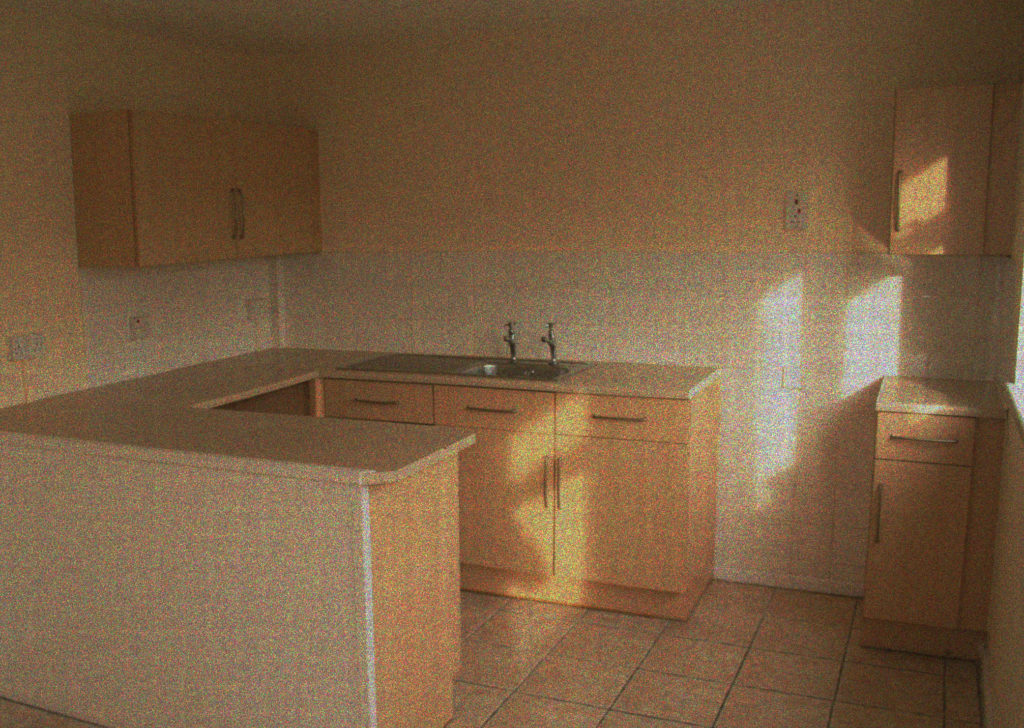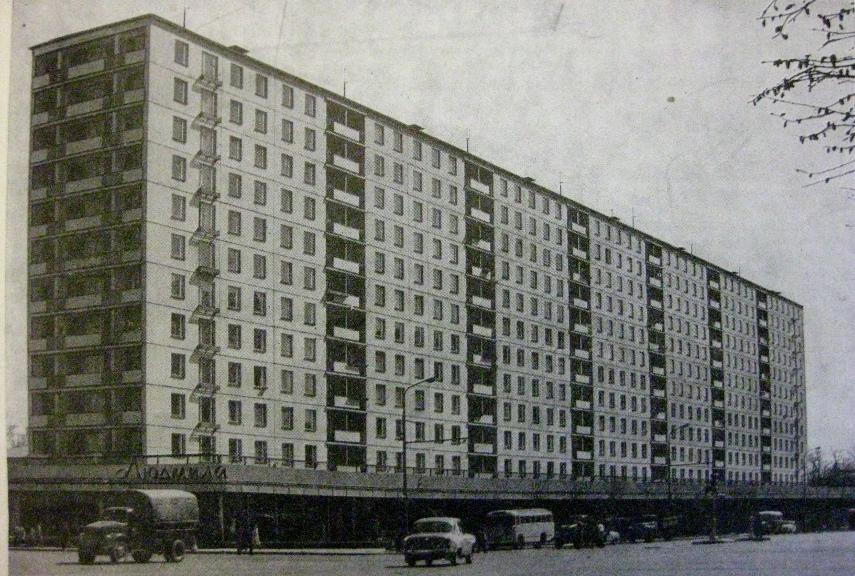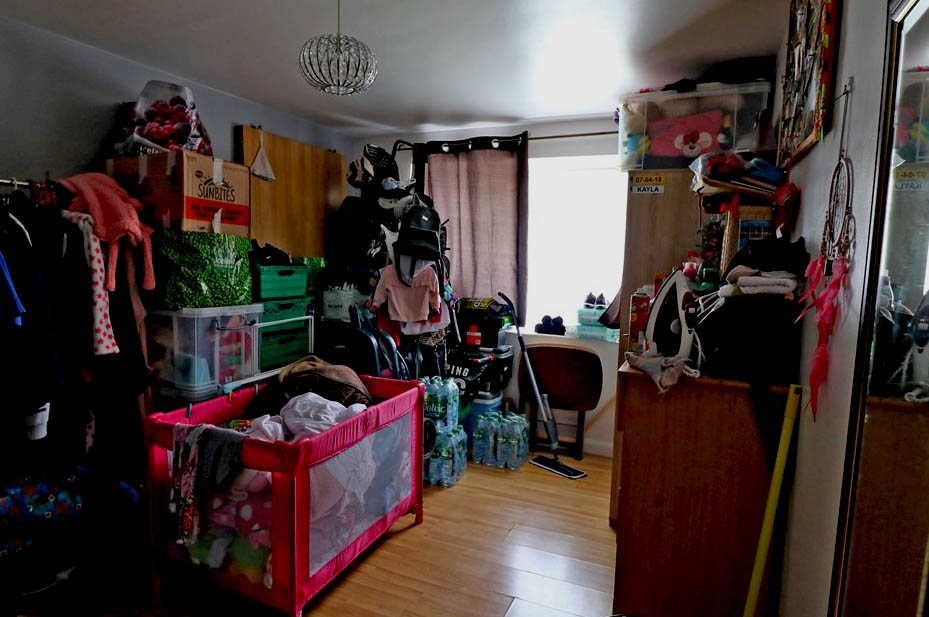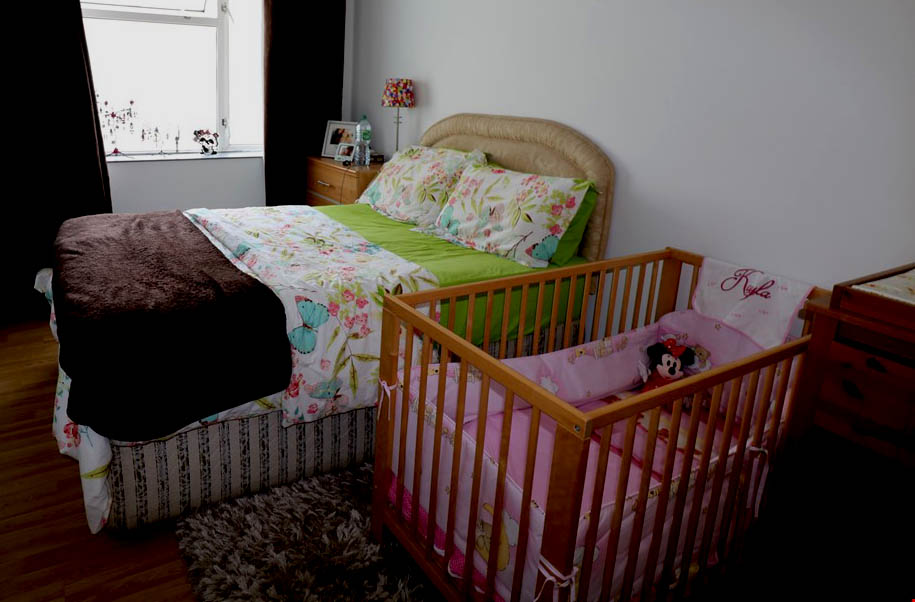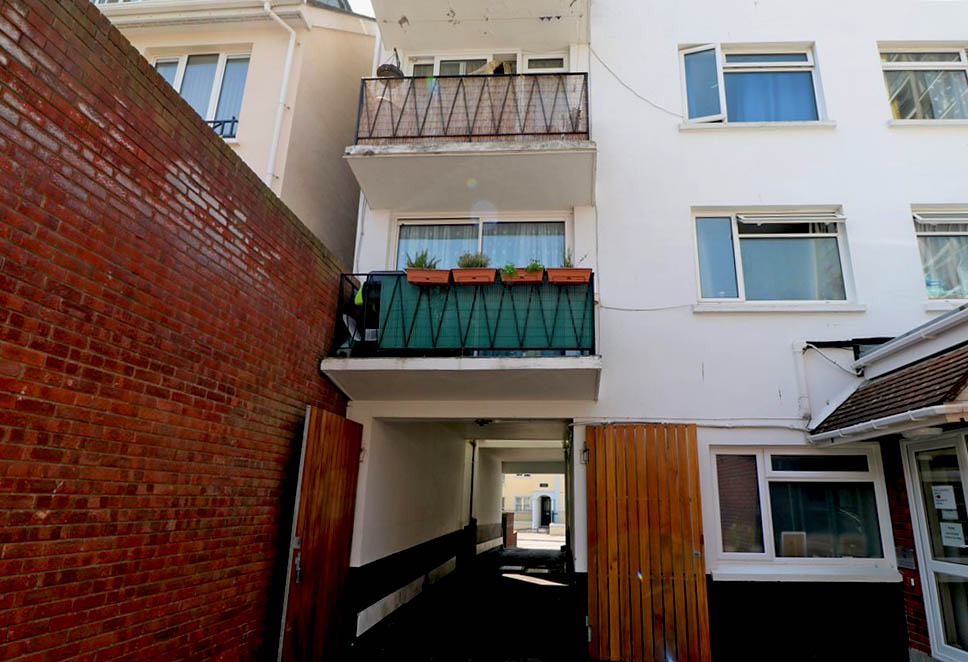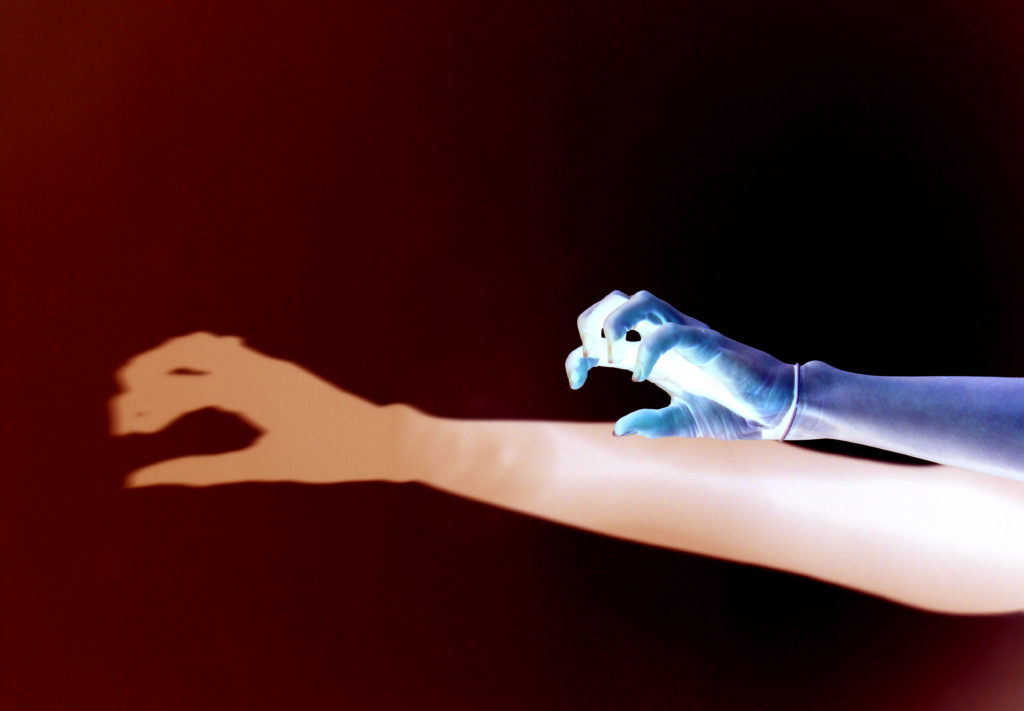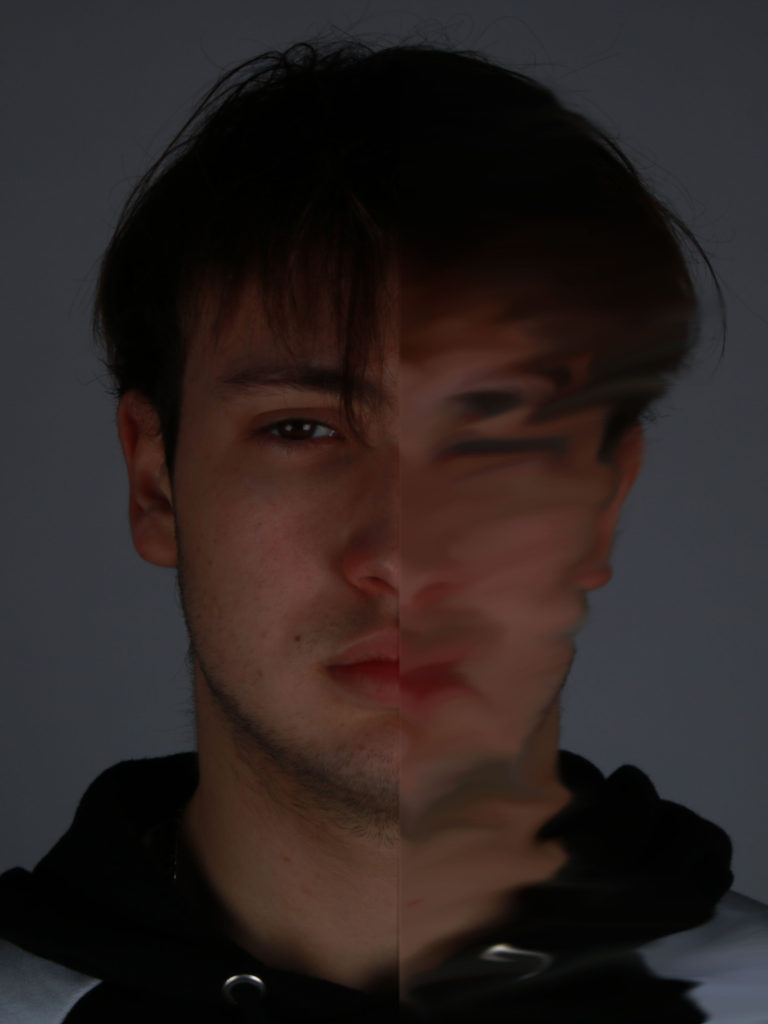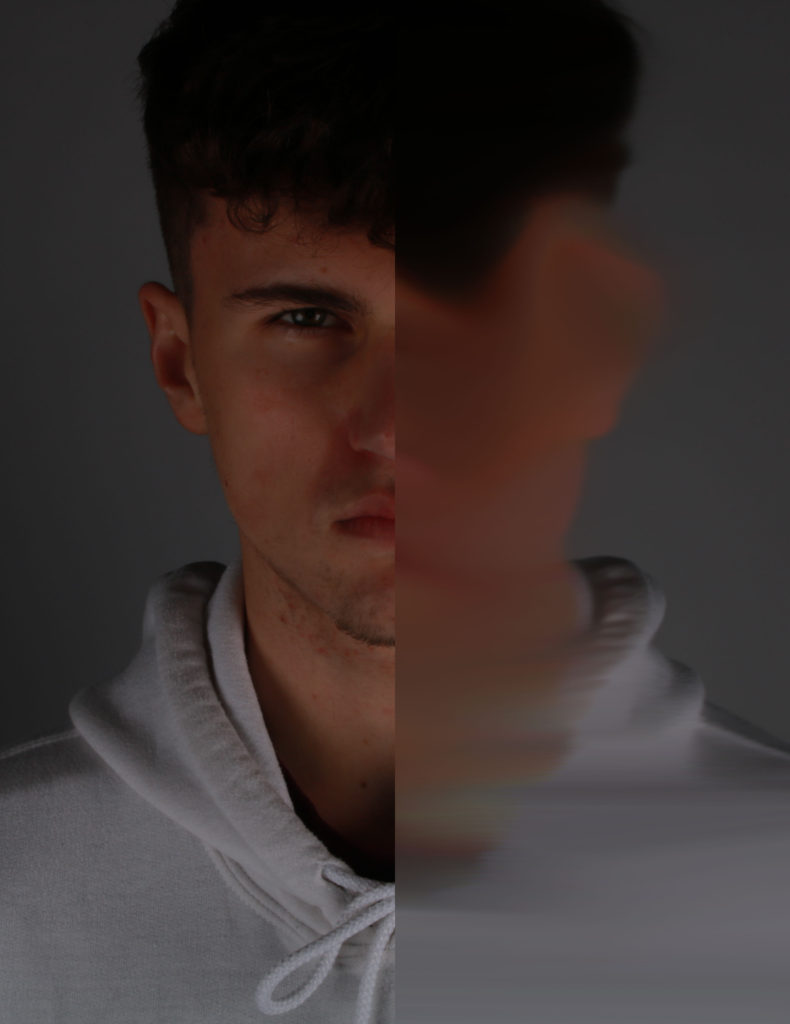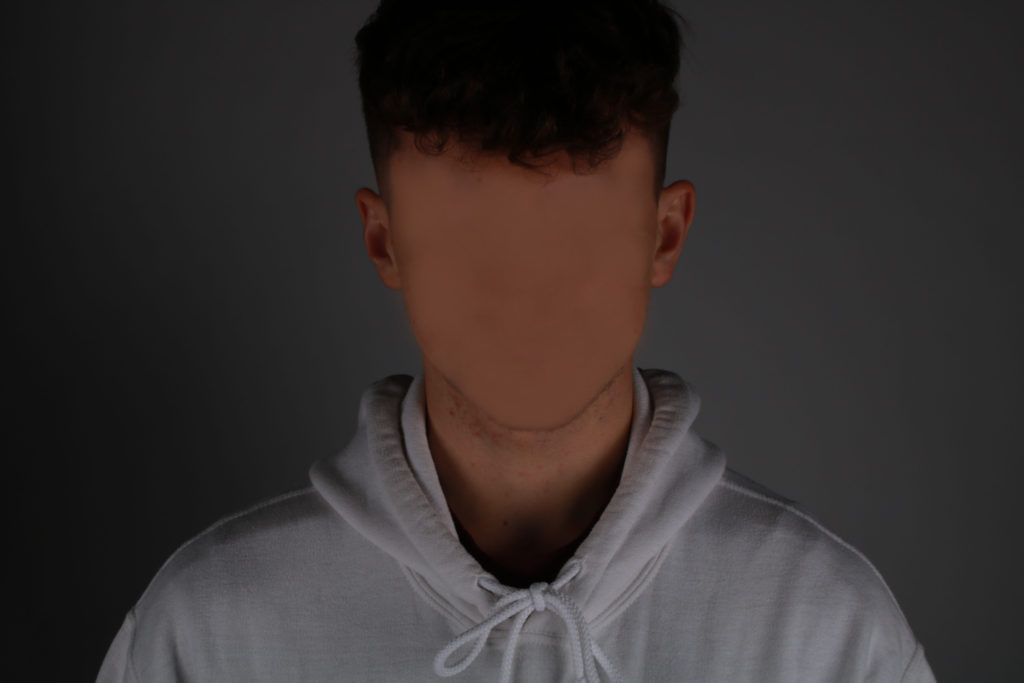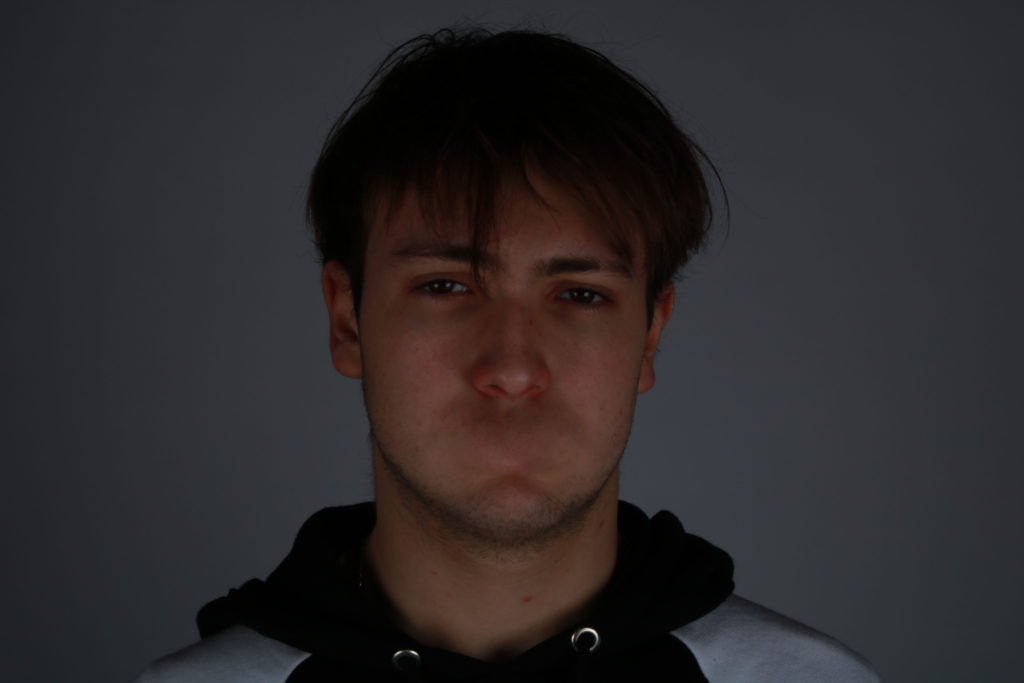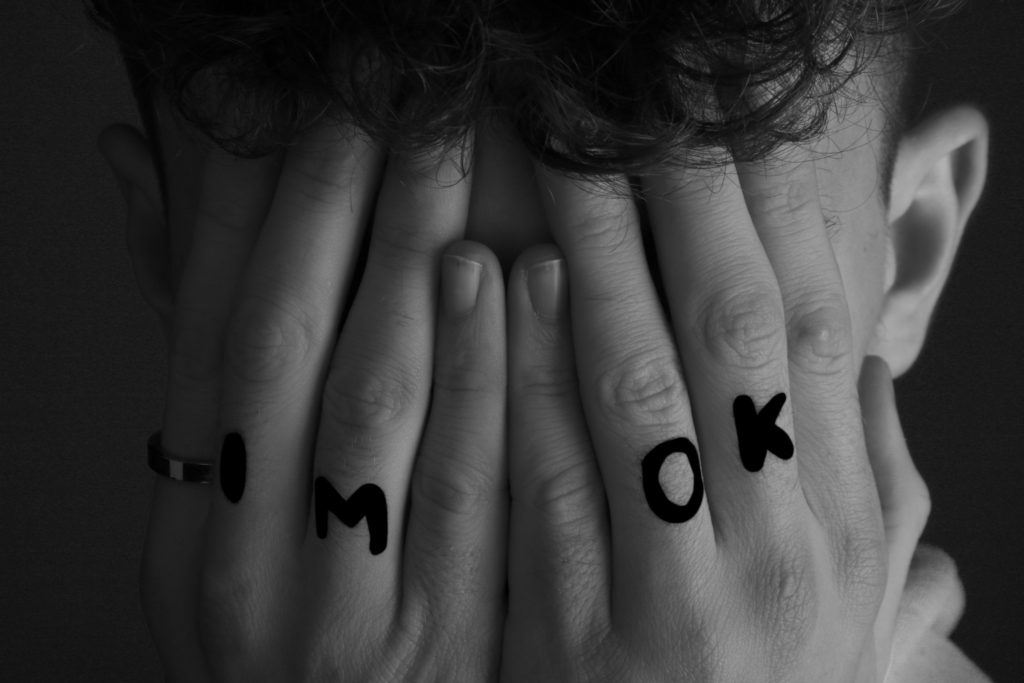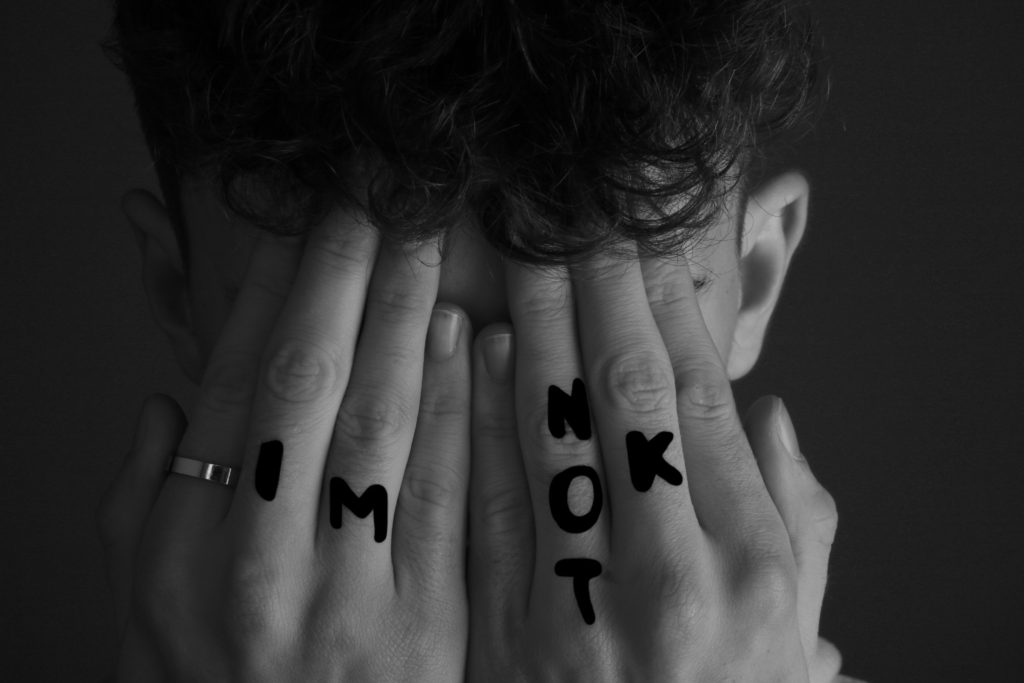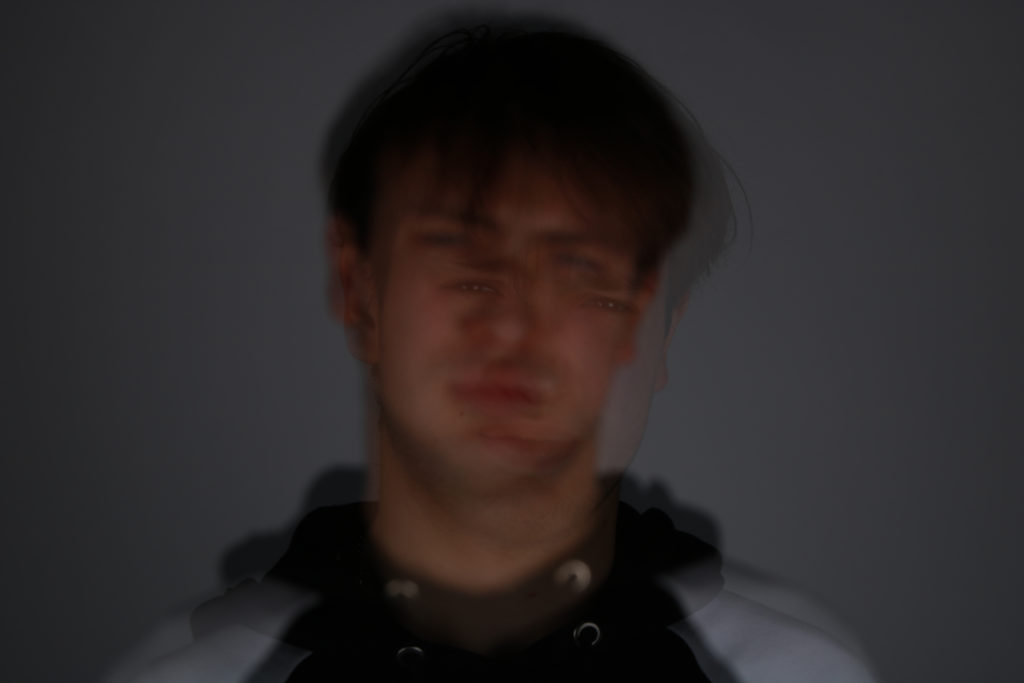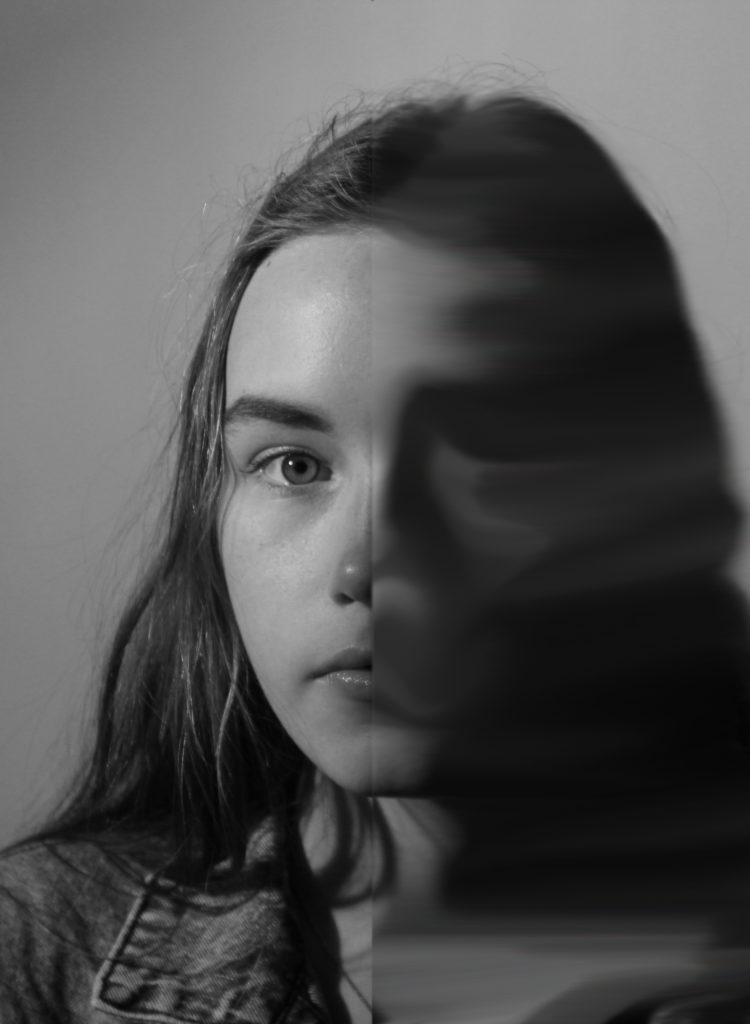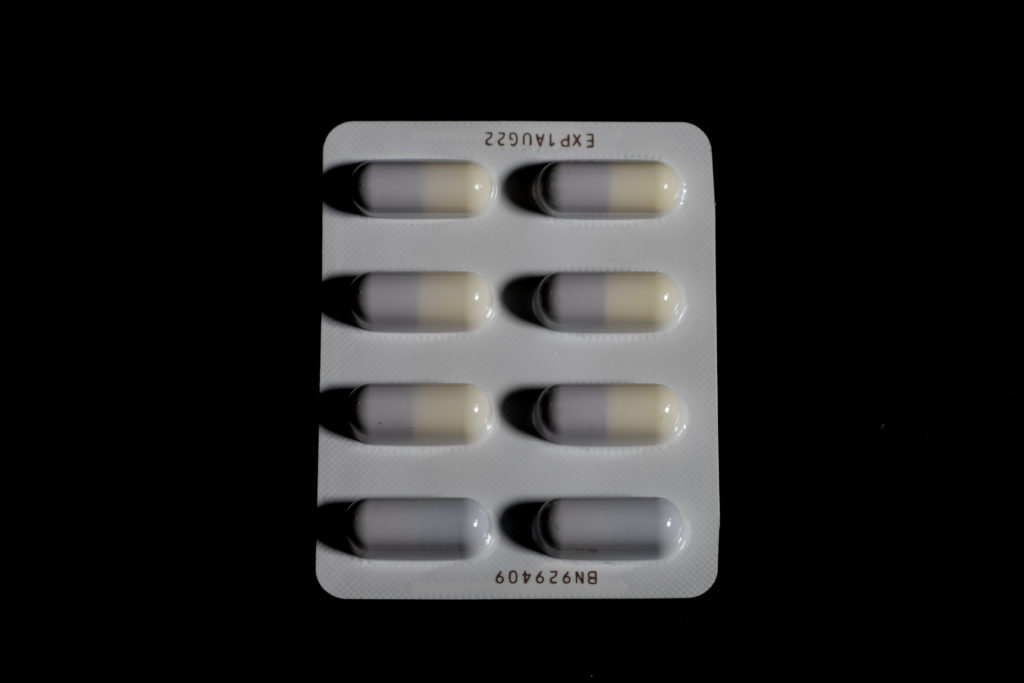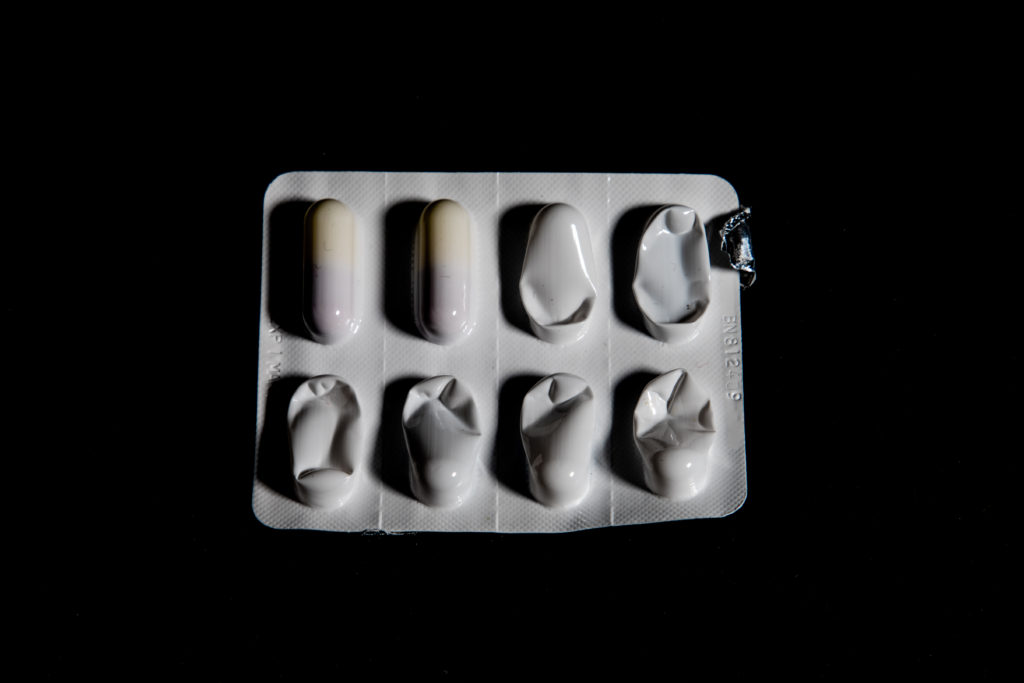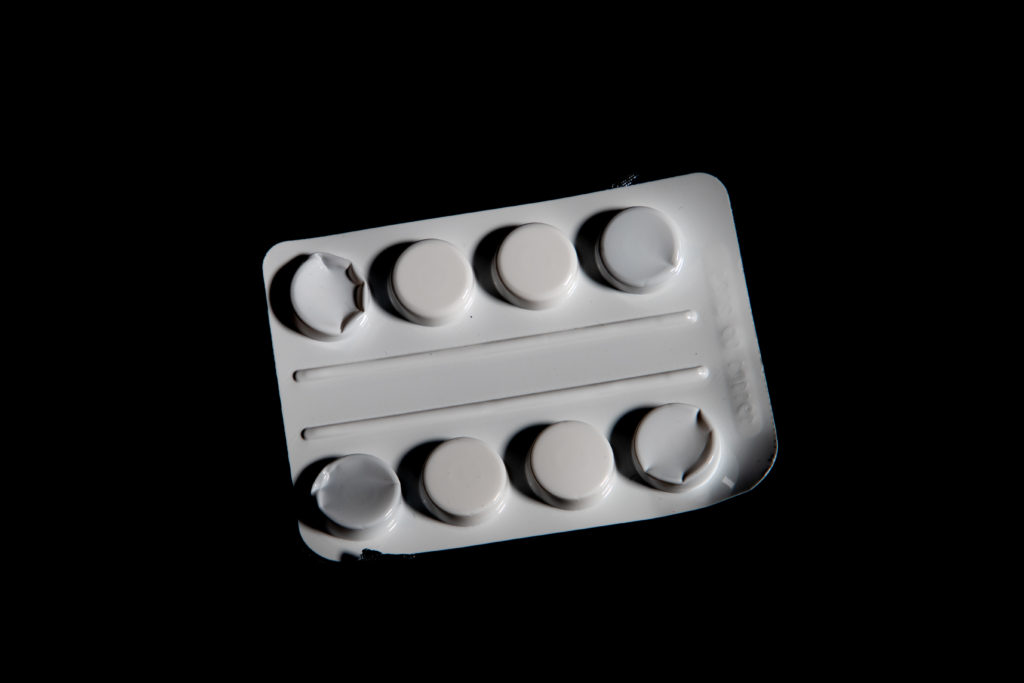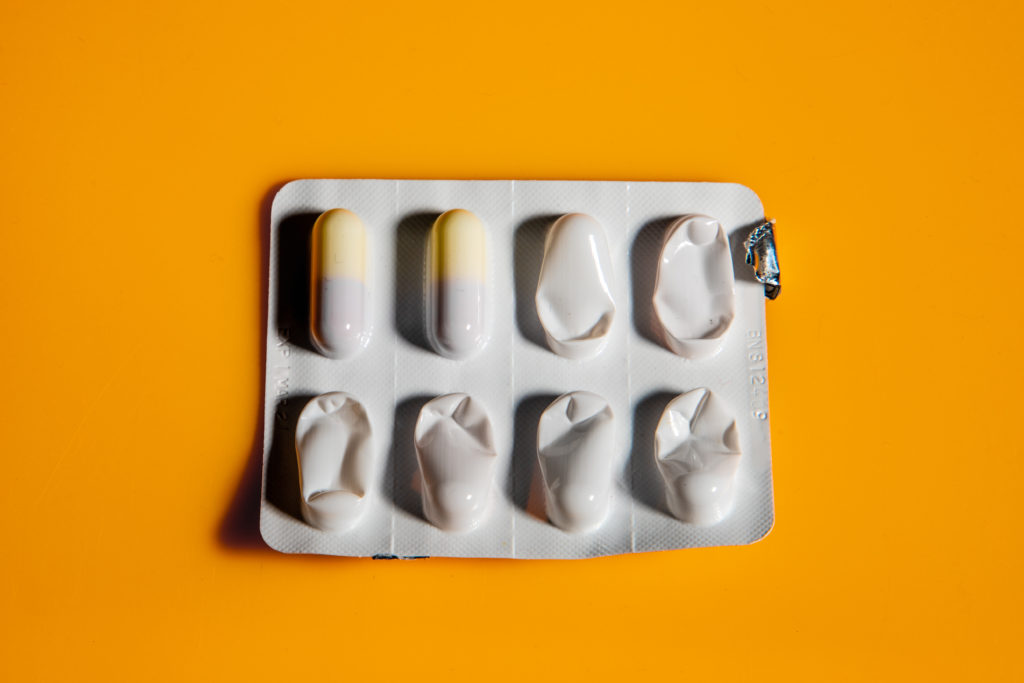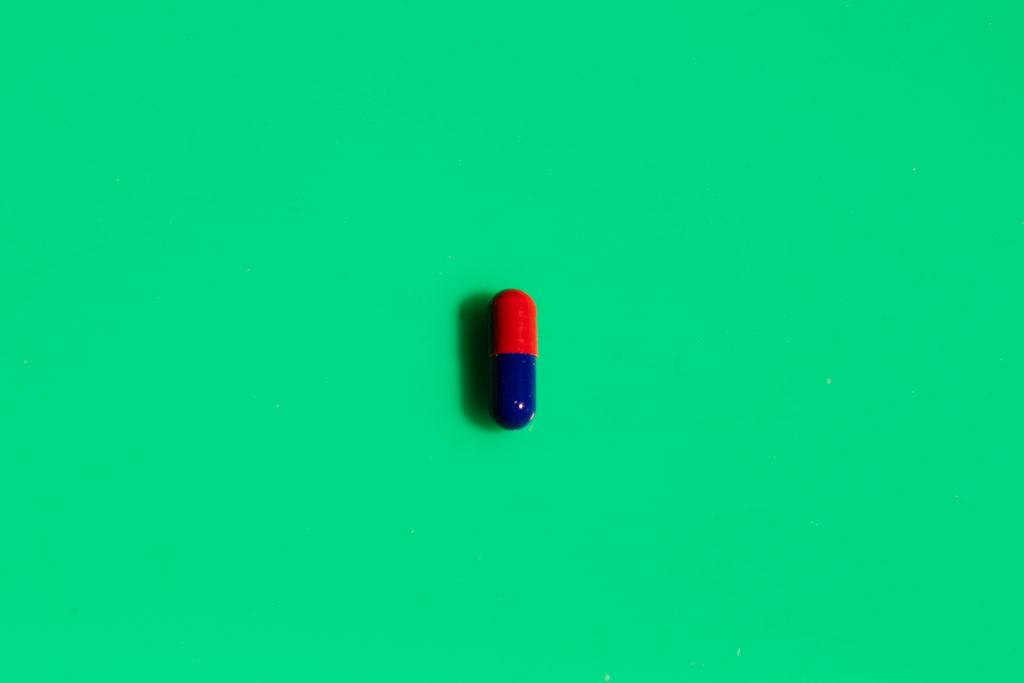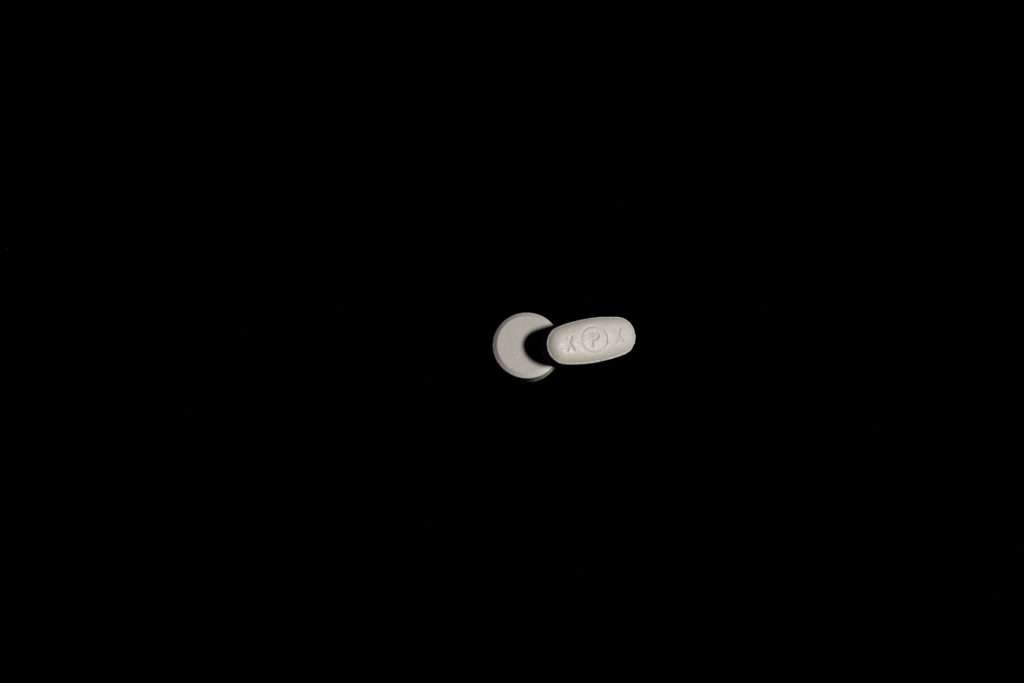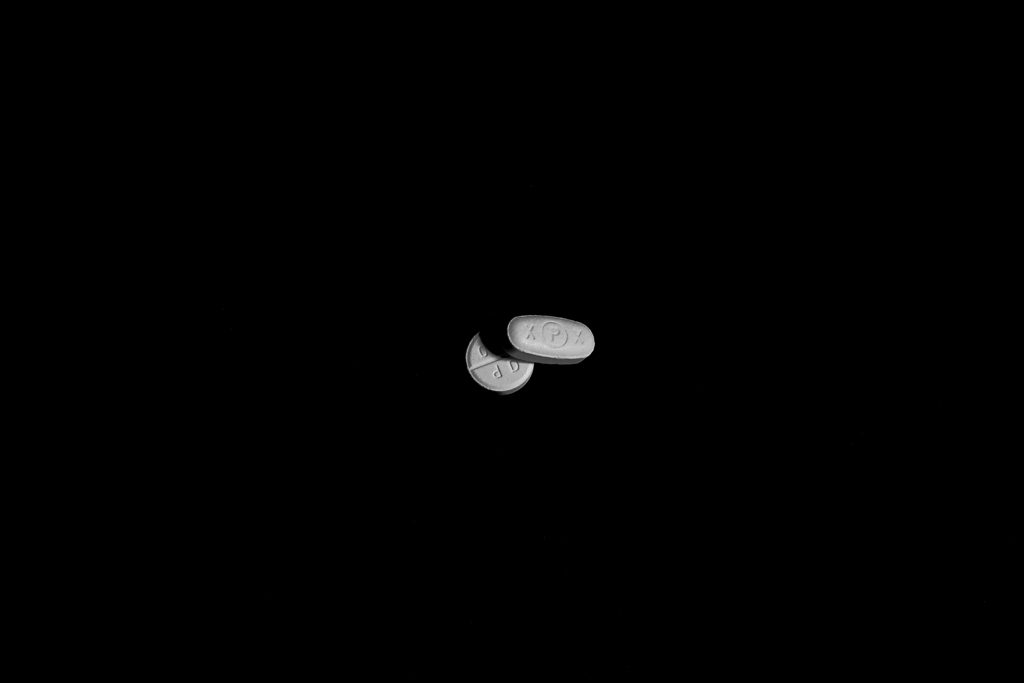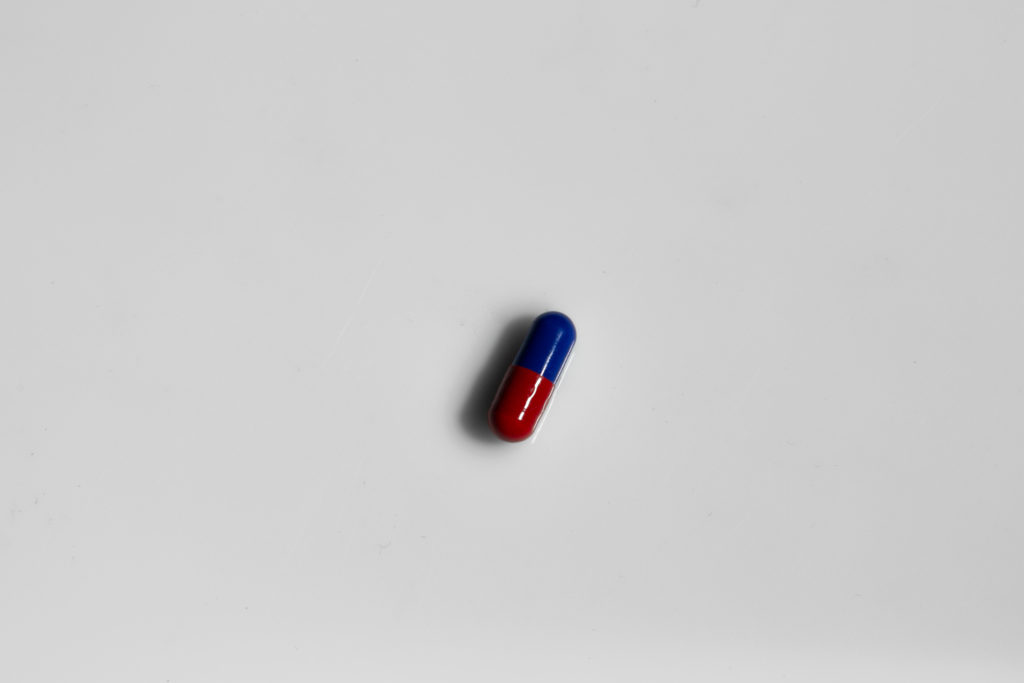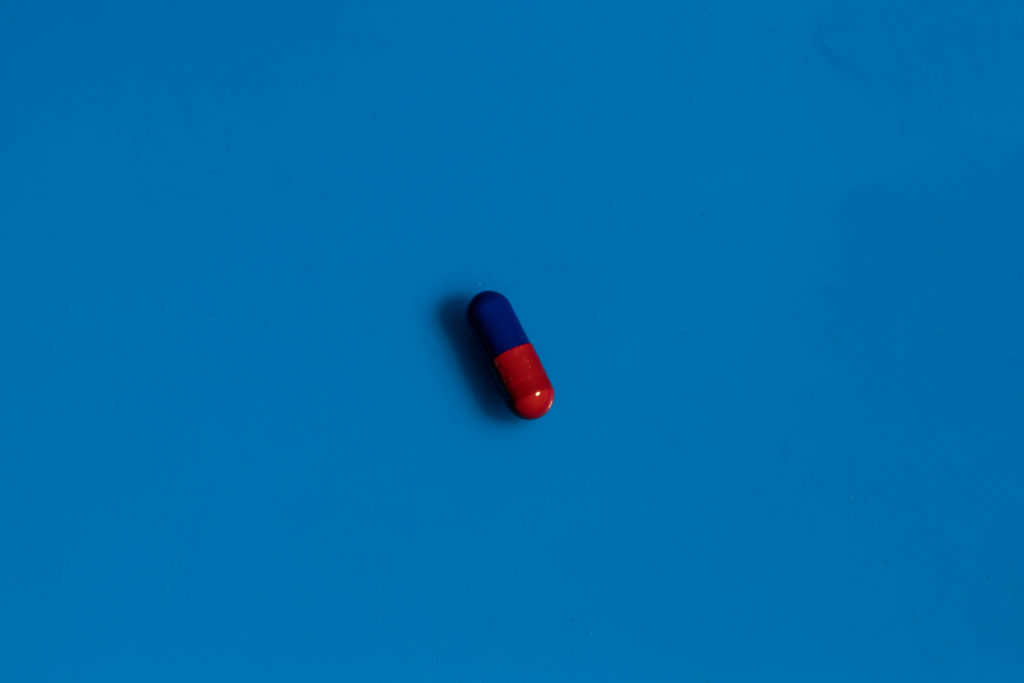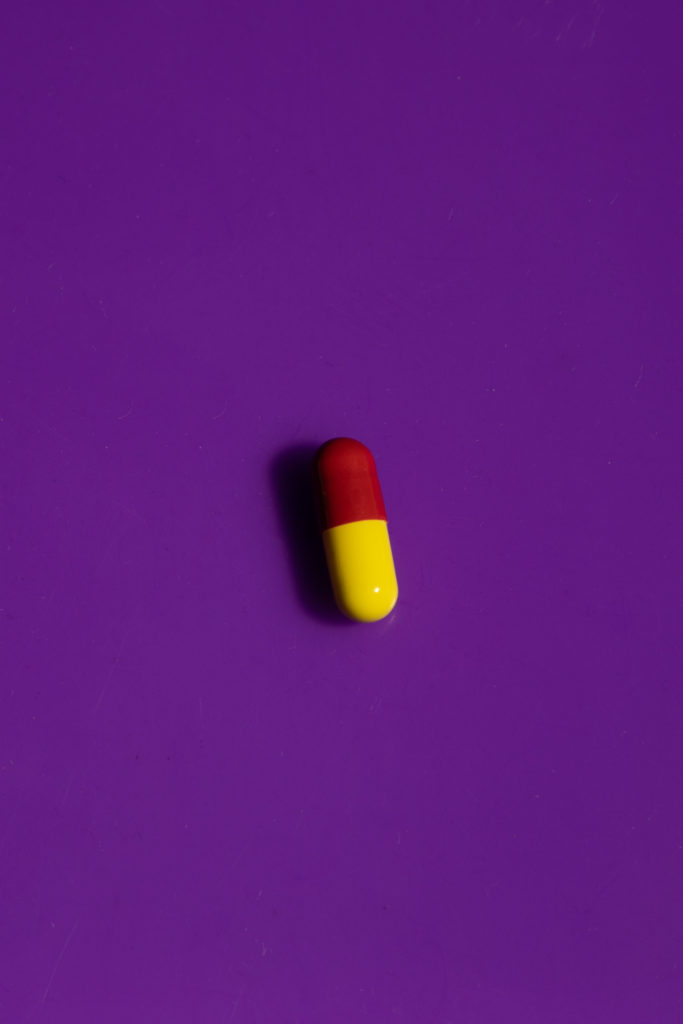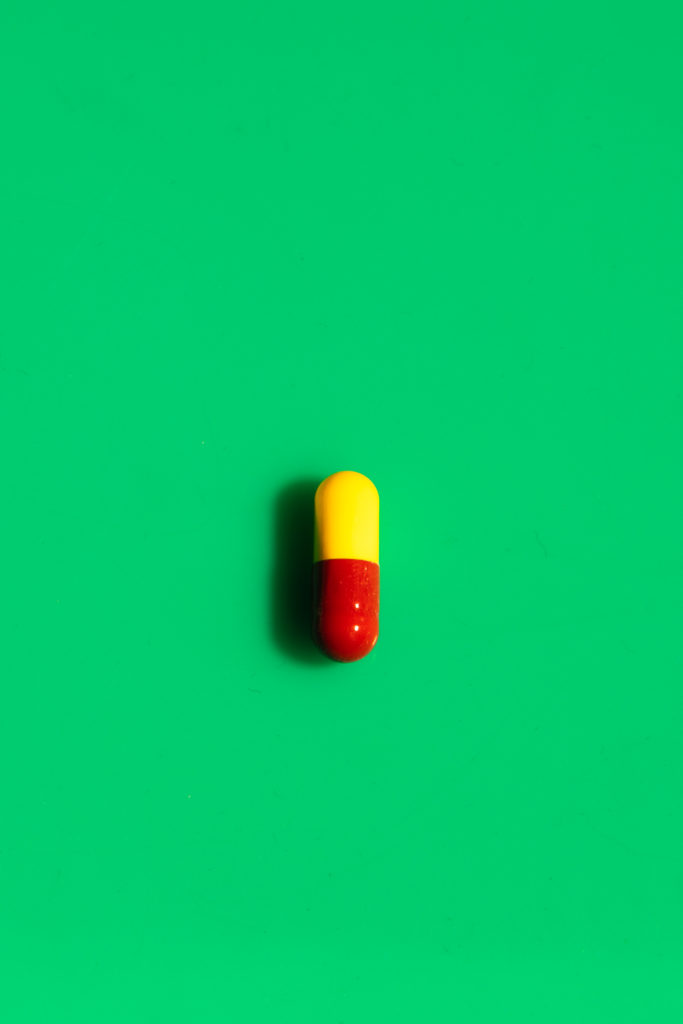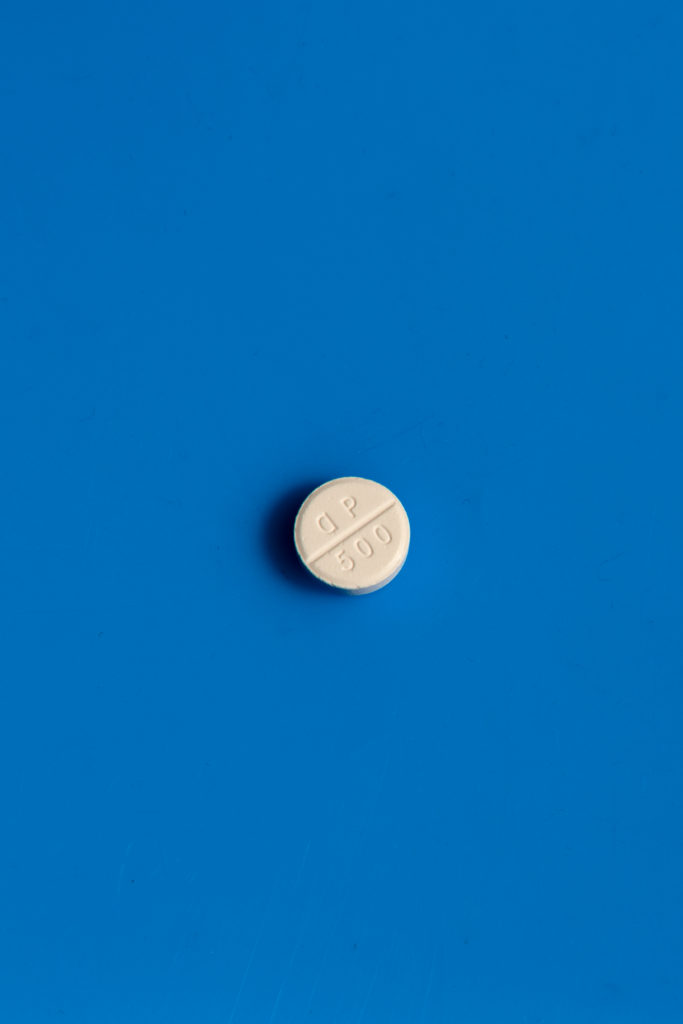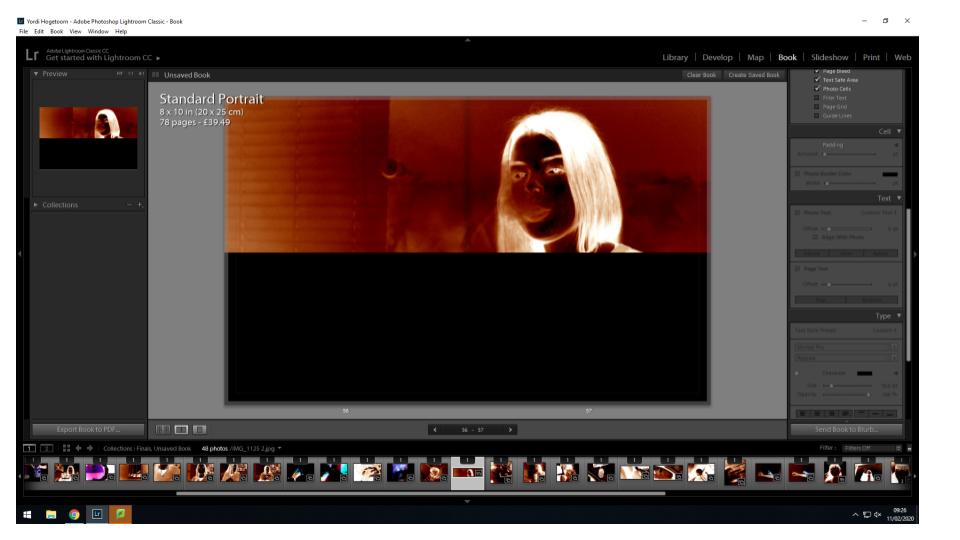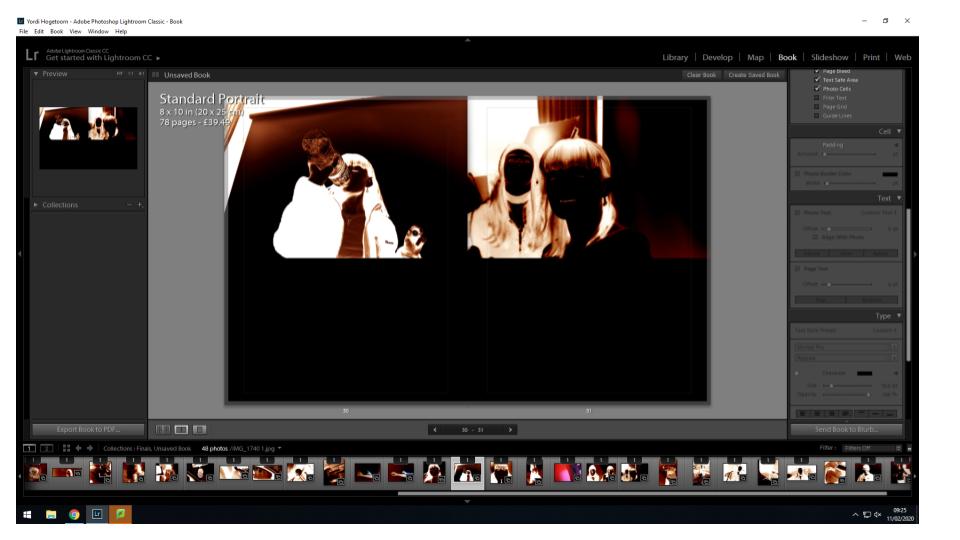‘What are other women really thinking, feeling, experiencing, when they slip away from the gaze and culture of me?’ Naomi wolf, The Beauty Myth.
My personal study will focus on how idols within society have created not just a loss of identity but body issues and unrealistic body standards. I will do this by using the stereotypical idols of dolls and Barbie who came under a lot of critic from the public for being an idealised and toxic role model. I plan to demonstrate my skills in photoshop by editing them in scary and haunting ways. My project will address matters that match my views of society such as prescribed female gender constructions and unrealistic body images.
In the 21st century because of trends and social media it takes longer to become aware of what the real world looks like. Fads have caused a lack of individualism when we are supposed to be living in an age of acceptance. ‘Woman’s desire is subjugated to her image (…) as bearer, not maker, of meaning,’ (Laura Mulvey’s ‘Visual Pleasure and Narrative Cinema,’ 1975) Mulvey theorises that the male gaze is a social construct derived from the ideologies and discourses of a patriarchy. Mulvey applied this theory to Hollywood films believing that Hollywood films were shot from the point of view of a heterosexual masculine perspective displaying women as an object to be desired, she also believes that these films reinforced stereotypical gender roles and the idea of men being the dominant gender and the woman being ‘the weaker’ gender. My beliefs are that still in the 21st century the male gaze is very much still a societal issue, however, it’s not just in Hollywood films. It’s on Instagram, commercials, the clothes and make up women wear and even in the doll’s girls play with as children. Young women feel that they need to comply with trends in order to be wanted, transforming themselves to fit with the male gaze. This can be dangerous for young teenage girls because it causes them to hate themselves, the way they look and their body. Instead of teaching young woman that they are beautiful and strong the world and social media teaches teenage girls that they are not beautiful and portrays this continuously. Beauty is no longer in the eye of the beholder but in the person, who takes the photo and uploads it to social media. How do dolls represent this? Part of the Male Gaze theory is that in films the camera pauses of the female’s curves and figure. Dolls are made to have the perfect hourglass figure and some even have this to an exaggerated extent. Young girls idolise Barbie so from a young age, they are conditioned into thinking that they’ve got to look like that, like a living doll and that is an unrealistic representation because the human body is not made to be like that.
I am analysing Sheila Pree Bright because in her series Plastic Bodies, she constructs a reality that puts across her socio-political views. She believes that women are misrepresented by dolls, so to prove this she takes pictures of dolls and women before editing them together. This creates illuminating and haunting images. The other photographer I am analysing is Laurie Simmons because she constructs a reality out of dolls and toys that show her opinions of society in a tableaux vivant style. With her work, she comments on stereotypical gender roles. Both photographers believe that these conceptions of life start from when we are a child. In 2003, Sheila Pree created her series of image Plastic bodies which aimed to show unrealistic body images and to challenge western ideals of whiteness and beauty. Heteronormative beauty ideals of whiteness and being virtuously beautiful have been embedded in society for hundreds of years. For example, in the Brother Grimm’s fairy tales’ physical attractiveness in females was rewarded and “beauty is often associated with being white, economically privileged, and virtuous.” (Baker-Sperry, L.; Grauerholz, L. (2003) For example, Snow White was described as the fairest of them all with ‘skin as white as snow.’ These heteronormative white ideals are what her work challenges and her goal was to explore how this impacted young girls and women.
In 1972 after her work, ‘objects with legs’ Laurie Simmons found an antique doll house and was inspired with how is represented roles in society and matched how many saw the world at the times. This was during the second wave feminist movement who saw dolls as creating unfeasible body images and domestic indoctrination for young girls. Her work borders tableaux vivant in the way that in most of her pieces she has set up dolls to be carrying out stereotypical domestic roles. During my AS study I looked at how society has made the female identity mass-produced. This follows on from that project in the way that I’m looking at how idols within society have created not just a loss of identity but body issues and unrealistic body standards.

The image above shows how Simmons works. She sets up little narratives in a studio with lighting and takes photos with a tripod.
The images that I construct in my personal study is borrowing elements from tableaux-vivant. This is because I’m constructing scenes or realities in which to take my photos using objects. Tableux vivants originated in the medieval era. Actors would re-enact famous bible scenes during mass, this then evolved into actors creating live versions of famous paintings during the Renaissance era. These actors re-enacted paintings of Greuze, David and Isabey. Tableux viviant acting was also popular at weddings and other events. Tableux viviants became less popular in the early 19th century due to the realism movement. However, in the 20th century, actresses re-enacted nude classic paintings but then tableaux started to die out because of the invention of film, however, became popular within photography. In terms of photography, Jean-Francois Chevrier was the first to use tableaux in association which was during the 1970’s and 80’s. Photographer’s then began replicating famous paintings in constructing new meanings. Previously in my coursework, I studied Tableux viviants and reconstructed fairy tales with modern day twists. The difference with this project is that I won’t be doing it with real people but with dolls and doll house sets.
My work also has roots in Surrealism which is all about unleashing the unconscious mind and I believe my work does this but also has socio-political connotations because they also comment on politics and society. Surrealism grew out of the World Wars in the early 20th century and Dadaism. According to Breton’s Surrealism Manifesto (1924) the new art form is a means on linking the conscious to the unconscious so everyday life will be joined up with the subconscious in ‘ an absolute reality, a surreality.’ Some of my previous work has involved quite scary looking images and I’ve planned on doing the same with this project but by taking it another step with editing. My project is surreal in the way that the realities I plan on constructing will appear dreamlike and there is a socio-political message behind them. My Socio-political message is that society and social media has developed an unattainable and unrealistic beauty expectation for women.
Sheila Pree Analysis:

Plastic Bodies, Sheila Pree Bright 2003.
This image is part of a series of images by Sheila Pree Bright called Plastic bodies created in 2003. The focus of the series was the misrepresentation of black women in dolls and Barbie. It focused on non-viable beauty standards and illogical body stereotypes. Sheila Pree Bright in conversation with Naima J. Keith Aperture.org said ‘ Although Barbie serves as a toy for children, she represents much more. The doll somehow becomes a model of beauty, a false representation of how women are physically formed. In some cases, women will aspire to this model to the extent of deconstructing their own image by various forms of beautification. I show how these extremes are illusions by using models and dolls as the subjects.’ Bright has digitally manipulated the image so that half of the face shows what a black woman looks like as a Barbie and the other side shows what a black woman really looks like, by merging two images together and blending them. Bright has taken the image with a main front light on the left side of the face leaving a small portion of the face, the part that is the real woman’s face in shadow. This could be symbolic of how the real representation of black woman is being kept in the shadows whilst this fake representation is always in the light. She’s taken the image with a larger aperture f/stop value because the depth of field is narrow, only the dolls face is in focus. Therefore, the focal point of the image is the face because it’s the only thing in focus for you to look at. Bright’s concept, of lack of correct black female representation, ties in with other works she has done. Her work always focuses on civil rights and racial inequality. This piece also ties in with my project in the way that it looks at how society has created a toxic idol and unrealistic standard of beauty. Bright told the Huffington Post that society’s constant airbrush has manipulated women’s view of themselves ‘as a result the female body becomes a replica of a doll, and the essence of natural beauty in popular American culture is replace by fantasy.’ This fits in with her concept for this image in the way that as you can see by juxta proposing two images, the real and the fake, she is startling people to look at how our ideas of beauty has become distorted and how we and pushing that onto children from a young age.
Contextually, Bright created this image in 2003. It was part of her travelling art show called ‘posing beauty in African-American Culture.’ Bright drew upon her personal experiences to create the series and believes that her military upbringing exposed her to different cultures that made her question where she fit in. In response to Bright’s work for my project I also decided to juxta propose images together. However, instead of using an image of a doll and an image of a real woman I decided to experiment with removing the makeup that dolls have naturally because women don’t have natural make up on their faces at all time so even the little thing like the pink above the barbie’s eyes and the big eyelashes symbolises unrealistic beauty standards and makes women feel like they have to be what society thinks is beautiful all the time. Therefore, I took picture of the dolls like Bright did but then used nail varnish remover and took off their makeup. I then took pictures of them again and digitally edited the images together. The result was kind of shocking because the dolls without their makeup looked out of proportion and damaged.

Laurie Simmons:

‘Woman Opening Refrigerator/ Milk to the Right,’ Early Colour Interiors, Laurie Simmons 1978-79.
This image is called ‘Woman Opening Refrigerator/ Milk to the Right,’ it’s from Simmon’s series Early Colour Interiors taken from 1978-79. Conceptually the doll is meant to represent the classic housewife which is given away by her outfit and hairstyle. She photographs this doll in multiple constructed scenes of her doing stereotypically household chores. The concept was to demonstrate the daily life of a housewife but also to illustrate the loneliness and isolation felt by some housewives. I think this is shown by the fact that in most of the images she is the only doll and using lighting and shadows. I think she intentionally kept those shadows in order to symbolise the darkness, isolation and emptiness some housewives feel. Her work is like Bright’s in the way that she uses the doll as a symbol or manifestation of society however instead of beauty standards created by society, she looks at the role for women created by society that she herself has grown up in.
What is interesting about her work is that she uses the doll as a bridge between generations. It’s a doll therefore, a children’s toy but she constructs and brings it into the role of an adult therefore also representing the little girls who will grow up into this isolated role. What I find most disturbing about Simmon’s work is the fact that its context has evolved with the eras. Now in the 21st century she has focused on something many feminist photographers have been focusing on which is the role of pleasure dolls and how they symbolise how women are seen in the eyes of men, how men have replaced women with this perfect life sized doll. The results have been very startling images. The context behind Bright’s work is controversial and you can really see how it influences her work. The 70’s were a massive decade of feminism and women’s rights; there was the take back the night Campaign in 76, 1972 The Feminist Art Journal was founded, 1973 first-trimester abortion was legalised. She took them at the time of the second wave feminism movement which was all about having more than just the right to vote and reproductive rights. Therefore, it’s fascinating how instead of all that positivity she wanted to highlight the fact that women’s role in society are still not what women want them to be. That’s what I find really fascinating about her work. She focuses solely on women’s role in society and if you looked at her timeline of work you can see how women’s roles have changed in the way that more women have jobs but at the same time the way a women’s role is seen hasn’t completely changed. I was inspired by her construction of reality using doll house sets so I did a photoshoot involving a doll in a kitchen doing ‘a woman’s tradition role’ however I put my own slightly frightening twist on the images to show how women are fighting to not be pigeon holed into domestic or objectified roles and are more open about fighting the patriarchy and striving for equality.

My personal project has had other influences. Since this project is meant to be personal, I have taken the narrative from my own experience. Throughout my teens I’ve had issues with body confidence and my looks because of social media. However, luckily, I’ve managed to re-find that confidence in myself and realise that I may not be a size six with perfect skin but not many people are. Just because I don’t fit into what social media deems beautiful doesn’t mean I’m not and I’m proud of being able to pull myself out of the hole I was in and now I try to look nice for myself, not other people. My work has also been inspired by an Instagram account called Trophy wife Barbie who uses adult humour and barbies to recreate what she and other women are really like. So, in my project I’ve tried to apply the same humorousness to my work but make it darker. Another inspiration I had for this project was the poem Barbie doll by Marge Piercy written in 1971 the same time as some of Simmons’ work. It’s a dark poem about how a girl who dies trying to live up to the unrealistic expectations of society that is represented through the Barbie Doll.
In conclusion, I think Bright’s and Simmon’s works are similar but different. They both construct realities to put across their point of views about society. They are both influenced by the times and by their backgrounds and both create haunting pieces of work which puts across their message even more. However, what I like most about their work is their differences. I like how Bright focuses on the misrepresentation of women and focuses on unrealistic beauty standards. For me personally, this is a very important issue to have a public debate about. Many teenagers not just girls like myself find it very hard to like the way we look and struggle with body image because of social media and just societies expectations in general. I also like how Simmons looks at women’s roles through the eyes of society. This is also a very important issue because it reminds us to keep pushing for more equality as women. For me her work has a beginning which is images like the one I looked at in this essay about women’s role as a housewife and it also has an end which is her recent work called ‘the love doll’ which for me as a teenage girl creates so much discomfort in the way that it’s about the ultimate objectification of a human being not just women. For me it shows that thirty to forty years down the line things have changed but there is no happy ending which makes her work a whole lot darker than Bright’s. I am happy because with my project I’ve been able to look at these two artists work and social influencers’ work and refine it to show my meaning, my understanding and I’ve also been able to tie their two works together.
Bibliography:
Wolf, N (1990). The Beauty Myth. London: Chatto & Windus.
Mulvey, L (1975), “Visual Pleasure and Narrative Cinema.” London: Afterall Books.
Baker-Sperry, L.; Grauerholz, L. (2003). “The pervasiveness and persistence of the feminine beauty ideal in children’s fairy tales”. Gender & Society.
Vision & Justice Online: Sheila Pree Bright in Conversation with Naima J. Keith, Aperture Foundation New York. Available from: <https://aperture.org/blog/vision-justice-sheila-pree-bright/> [15 January 2020]
Vitto, L. 2013, Photos merge Barbie with real women, Stuff, available from <http://www.stuff.co.nz/life-style/9493417/Photos-merge-Barbie-with-real-women> [11 February 2020]
Breton, A. (1924), University of Michigan Press.

